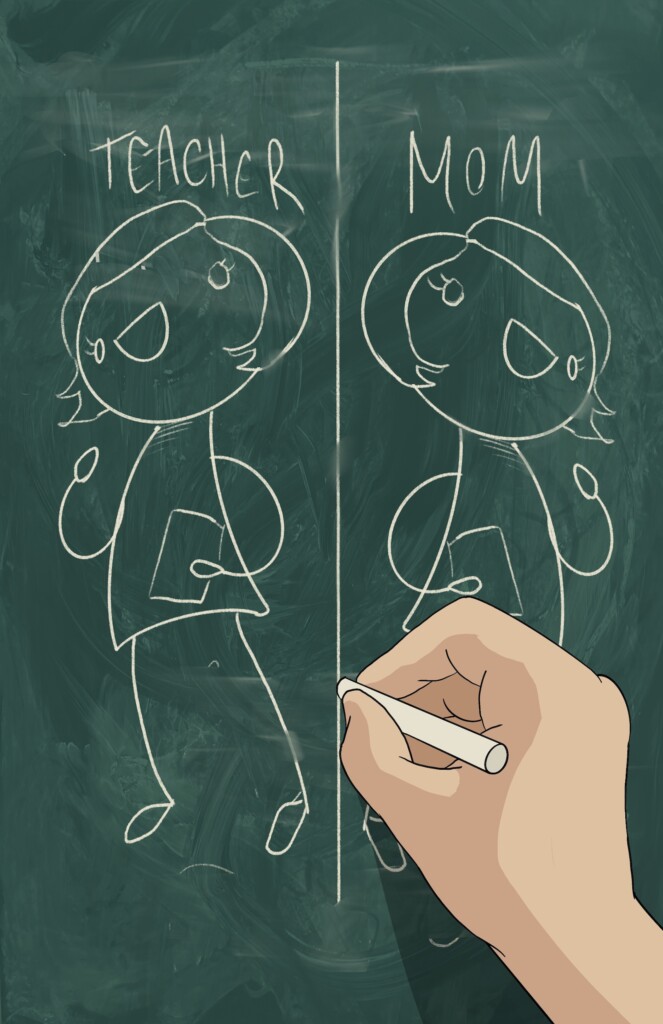 Tobacco can kill you. So can red meat, refined sugar, iodized salt, modern highways, corporate jobs, prescribed medicines, falling trees, and stray bullets. Hell, drink too much water and you can die of poisoning. Fact is, one day you will die. And unless you’re one of those rare humans who has the temerity to off yourself, you don’t know when or how your day will come. So, until it does, you might as well enjoy yourself. And tobacco, smoked properly, is one simple way to do so.
Tobacco can kill you. So can red meat, refined sugar, iodized salt, modern highways, corporate jobs, prescribed medicines, falling trees, and stray bullets. Hell, drink too much water and you can die of poisoning. Fact is, one day you will die. And unless you’re one of those rare humans who has the temerity to off yourself, you don’t know when or how your day will come. So, until it does, you might as well enjoy yourself. And tobacco, smoked properly, is one simple way to do so.
I’m not suggesting you go out and buy a pack of Camels or Kools and light up. Filtered cigarettes are to tobacco what McDonald’s is to food: cheap, bland, artificial, addictive, initially intoxicating and ultimately, unsatisfying.
Consequently, they’re hardly the ideal means for enjoying tobacco and self. But cigarettes are what most people think of when discussions of tobacco arise. And, if you use tobacco, cigarettes are the most likely form by which you do. So let’s briefly consider the ole cancer stick before moving on to those other instruments of tobacco consumption, namely, the cigar and pipe.
Cigarettes, by design, do not induce an enjoyable experience. They burn for only five minutes, eradicate the flavors of tobacco through a cellulose filter, and produce a nicotine buzz that lasts a scant few seconds. The only enjoyment—if it can be called that—is relief from nicotine withdrawal. And prior to addiction, a cigarette isn’t enjoyable as much as it is stimulating.
You may think I’m quibbling over semantics here—about the differences between enjoyment, stimulation, relief, and so on. But, semantics aside, consider the simple fact that the presentation of a thing shapes the experience of it.
For example, no sensible person would argue that a McDonald’s hamburger and fries is more enjoyable than roast tenderloin and potatoes. Though both meals are comprised primarily of cooked cow and common tubers, one is clearly more pleasing to the senses. One better commands a person’s faculties, encourages him or her to savor the moment, to more sincerely attend to all internal goings-on, and so has greater capacity to produce an elevating, enjoyable experience. The other, Mickey D’s, does the opposite. It obliterates the sensibilities and encourages gorging on exaggerated and obtuse flavors.
Cigarettes, to conclude the analogy, are the fast food of tobacco. They provide only the illusion of satiation, the semblance of satisfaction.
If you’re going to employ tobacco in pursuit of a richer life it must be through a cigar or pipe. These methods of smoking are more ritualistic, burn longer, and produce more flavors as well as a longer lasting nicotine high. Also, cigar and pipe smoke is not inhaled, so you can maintain your abilities to breathe. Cigars and pipes encourage exploration of the palate in the same way wines, beers, spirits, cheeses, chocolates, coffees, and teas do. All this combines for a ceremonial relationship with one of earth’s unique plants, which is good for the soul.
Most people are ignorant to tobacco’s benefits, though, thanks to two sources of misinformation: advertising from cigarette makers, and anti-smoking campaigns. The latter have convinced people to avoid this psychoactive plant altogether, while Big Tobacco lures folks into irresponsible use and harmful addiction. One institution kills with their propaganda while the other robs with the same. Speaking of propaganda, tobacco is about as addictive as black coffee. That story about it being more difficult to kick than heroin is a lie.
The key to getting the most from tobacco is to approach it thoughtfully. This means thinking critically about the tobacco propaganda that pervades modern culture, listening to your body and developing an appreciation for the plant, and learning of tobacco’s history—for good measure. Conveniently, smoking encourages such contemplation and appreciation.
Did you know there are American, Danish, and Oriental pipe tobaccos? There are Virginia, Maryland, and Burley tobaccos, Latakia, Perique, and Turkish. These vary not only in kind, but also in how they are cultivated, cured, and cut. Different strains produce different flavors, as do different curing and cutting methods. Some are fire-cured, some air-cured.
Some are cased and coated with flavorings of rum, vanilla, chocolate, or licorice—called Cavendish tobaccos—while others are straight. Some are cube cut, while others are plug cut, ribbon cut, sliced or flaked. Proper curing and cutting takes weeks, and all these tobaccos from around the world are blended in various ways to highlight unique notes within the smoke.
When you add to this all the ways that a pipe can influence flavor—through material, construction, age, size and shape—you get endless possibilities for smoking pleasure. And this says nothing of cigars, which offer a whole other world to explore.
People have been smoking tobacco for 8,000 years—since before Jesus walked, before geezers penned the Old Testament, before written history even became a thing. The custom originated here on the American continent. Indians rolled tobacco into cigars and stuffed it into pipes, smoked it worshipfully.
Shamans used tobacco to treat afflicted tribesmen by blowing smoke over body and face for hours, a ritual that facilitated quick trips to the unconscious realm and left both shaman and patient stoned to the core. The smoke, they believed, carried ill spirits out of the body. Or if illness was due to the loss of soul, another possibility, smoking was said to open that pathway to the spirit world where one could retrieve it. Oh, how the neighbors could benefit from a puff on a pipe!
When Indians introduced European looters to tobacco, they hoped they would appreciate its physical and spiritual effects. But Europeans weren’t interested in what they saw as savage metaphysics. Their interest in botany was, from the beginning, enterprising. Plants of the New World held, above all, economic promise. So they adopted the practice, but forwent the ritual. Tobacco soon became America’s first crop. It was promoted as a panacea to children and adults.
As world trade routes opened, tobacco became the world’s first luxury commodity—before chocolate, coffee, tea, and sugar. Today, tobacco is the most profitable crop for at least half a dozen countries, including America, generating per acre twice the revenue of coffee and ten times that of staple food crops. This profitability is due, in part, to heavy subsidization, an interesting fact given the governmental outcry against the health consequences of cigarettes.
So where should you go if you want to take up smoking proper? To my knowledge, there are only three tobacconists along the Wasatch Front that specialize in cigars and pipe tobacco: Jeanie’s, The Tinder Box, and Beehive Cigars.
Each shop carries a wide assortment of fine tobaccos, and each shop smells divine and earthy. I invariably go to Beehive Cigars. They’re the only smoke shop in Utah that deals exclusively in handmade cigars and quality pipe tobaccos. They don’t sell cigarettes or hookahs or glass bongs or vapes. They don’t sell t-shirts or synthetic urine kits. They boast the largest walk-in humidor in the state, and the staff is knowledgeable.
I also appreciate their logo: a photo of Brigham Young looking on approvingly. Makes me feel like I’m making the right decision. And what greater proof does one need than that?
Beehive Cigars
Despite the governing religiosity of our State and the current international war being waged against tobacco and its users, specialty tobacco shops seem to be surviving the odds. Not least among them, Beehive Cigars.
Beehive Cigars’ owner, Kendrick, has always been interested in cigars, and when the opportunity surfaced, he took advantage and bought a little cigar shop in Sandy called Hungry Trout. A year later, he rebranded the store, and Beehive Cigars was born.
Kedrick admits it hasn’t been easy. “It’s a tough business [to be in],” he said; and, I imagine, tougher still in a place like Salt Lake. But he saw potential here, even if that potential was self-created. “I attribute my success to the fact that we’ve created a community of people that share an interest in fine tobacco, and provided a place for them to come together,” he explains, which seems to be a major element of the fine tobacco business that is often overlooked. “It gives me [and others] the opportunity to connect with and meet some really amazing people.”
Smoking a cigar or whittling the night away with a pipe, unlike smoking a cigarette, is an unabridged sensorial experience. “You use all five senses,” Kendrick said. “It’s about all the different, unique flavors and aromas each type of tobacco possesses.”
Smoking in this fashion, Kendrick explained, is more ritualistic. It’s a connection to the past. “You’re smoking tobacco more or less the same way it’s been smoked for millennia.”
This or that, it seems to come down to one thing: community. Getting together with like-minded people who share an uncommon passion for the little things in life—the very things we are quickly forgetting about in our go go go society.
“It’s like being a member of a church, without all the dogma and superstition,” Kendrick said.
By Lewi Lewis




